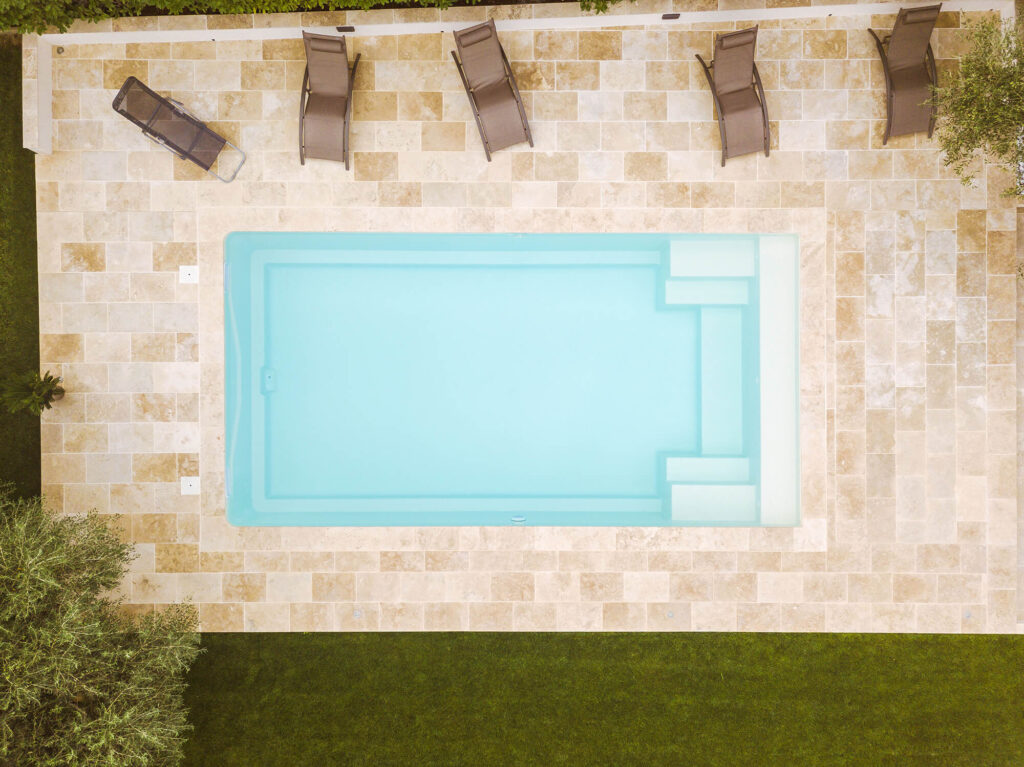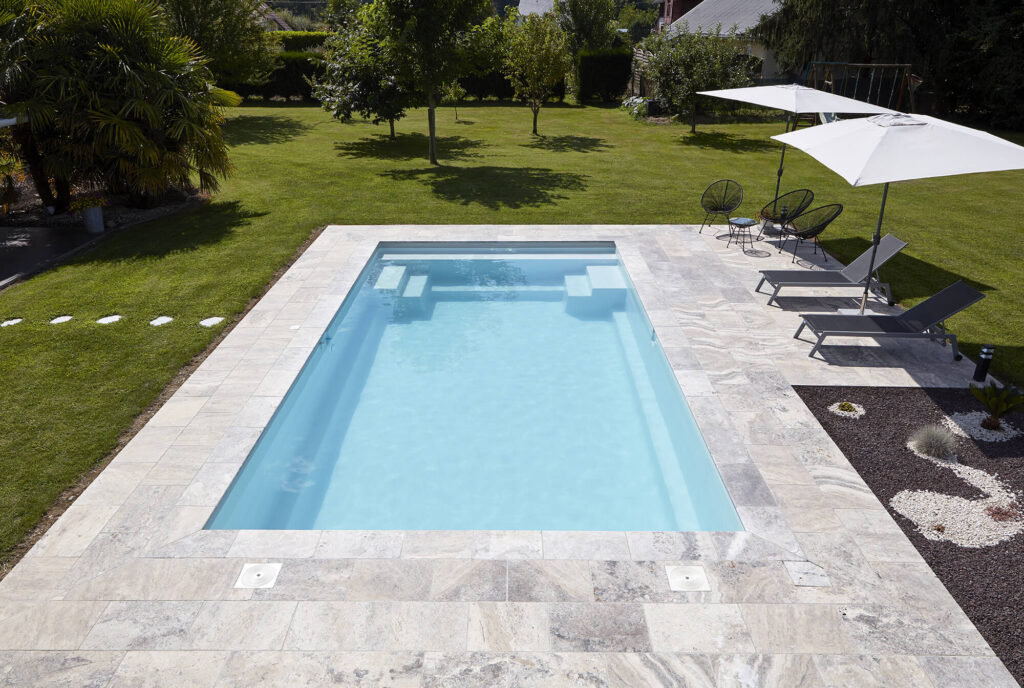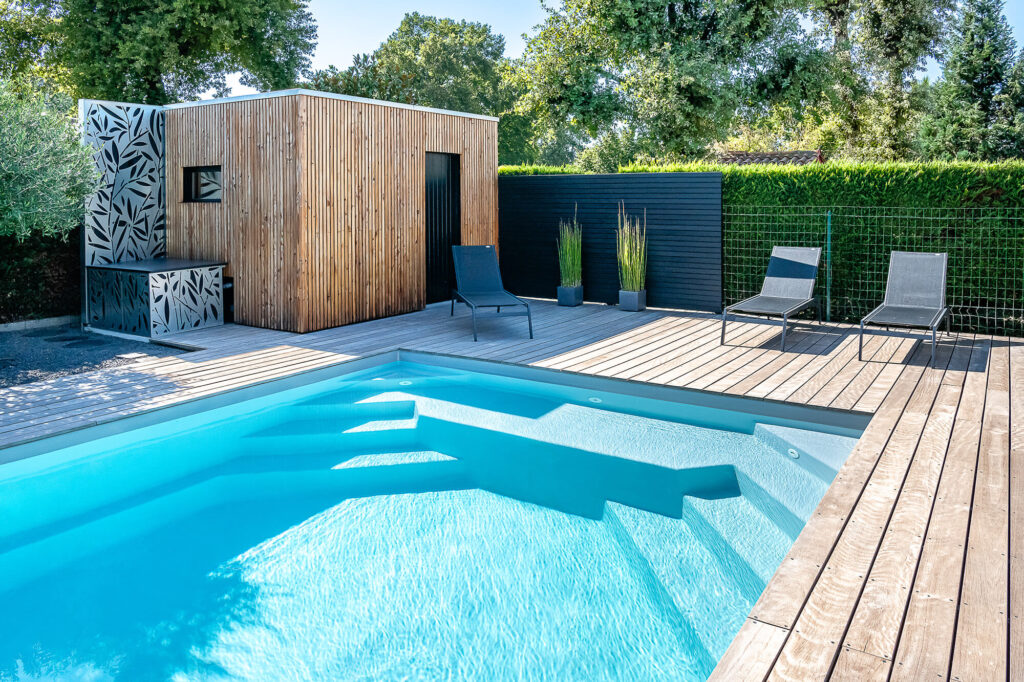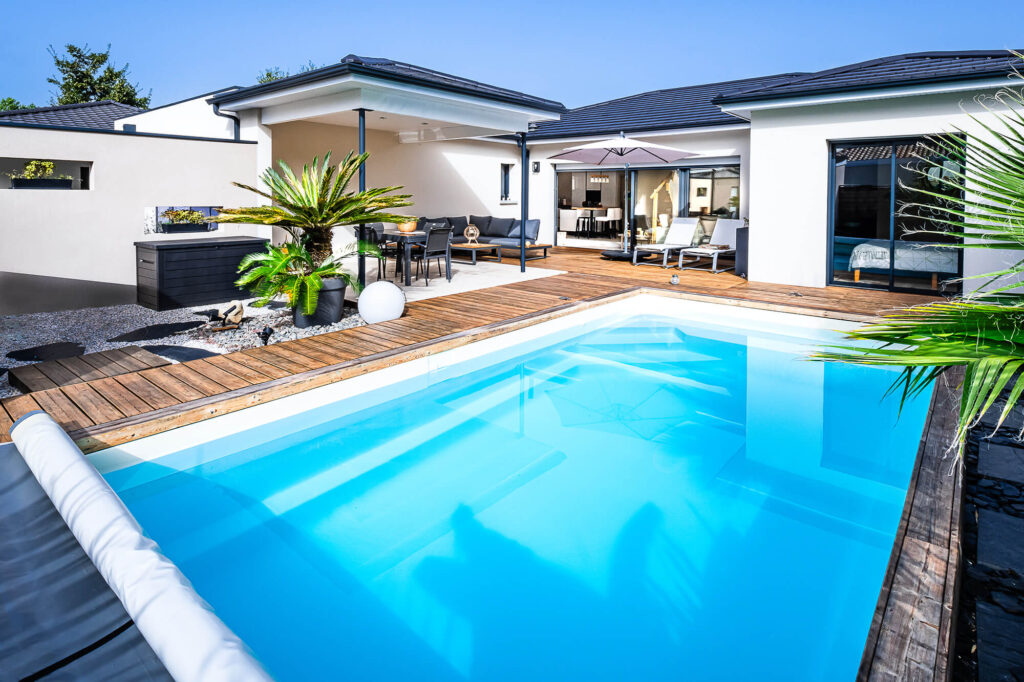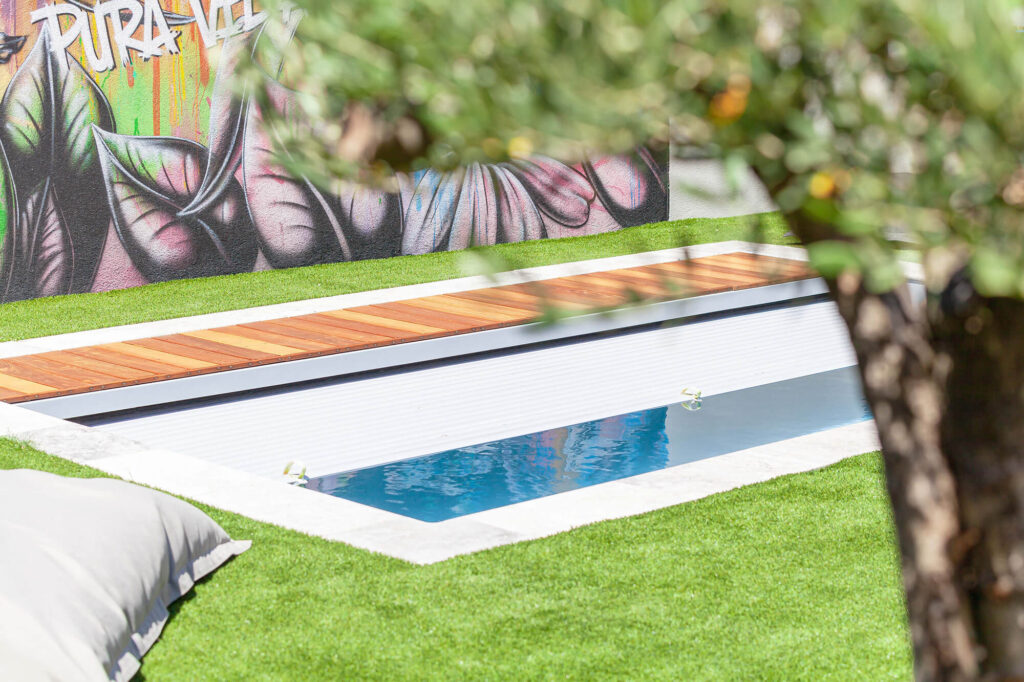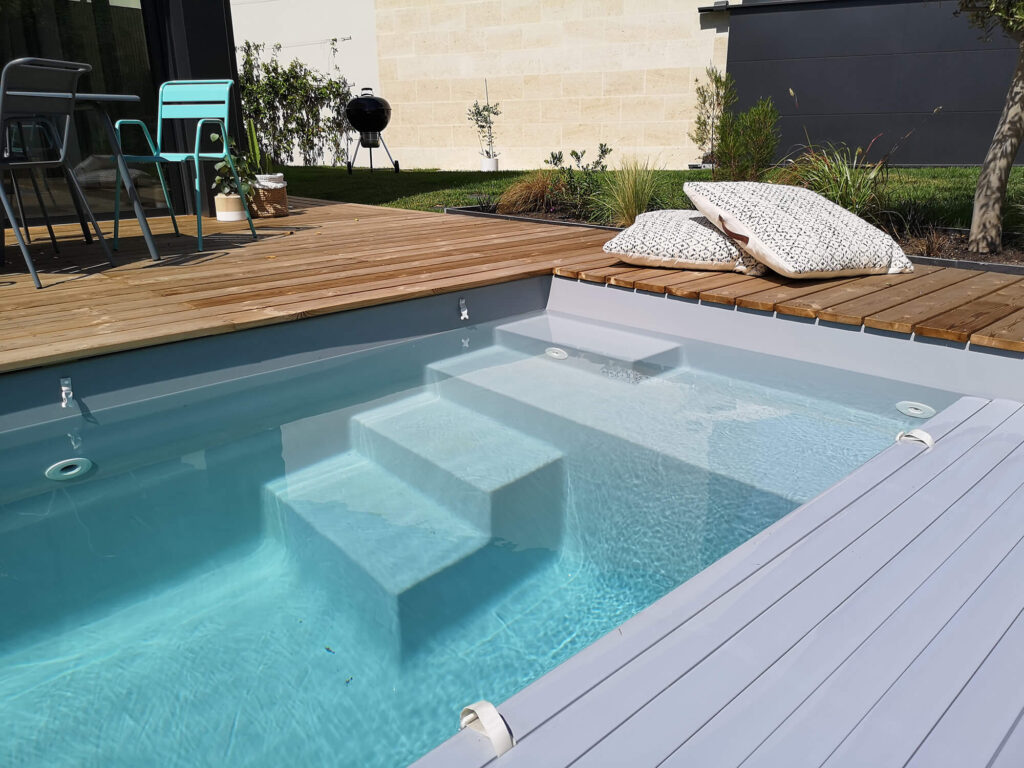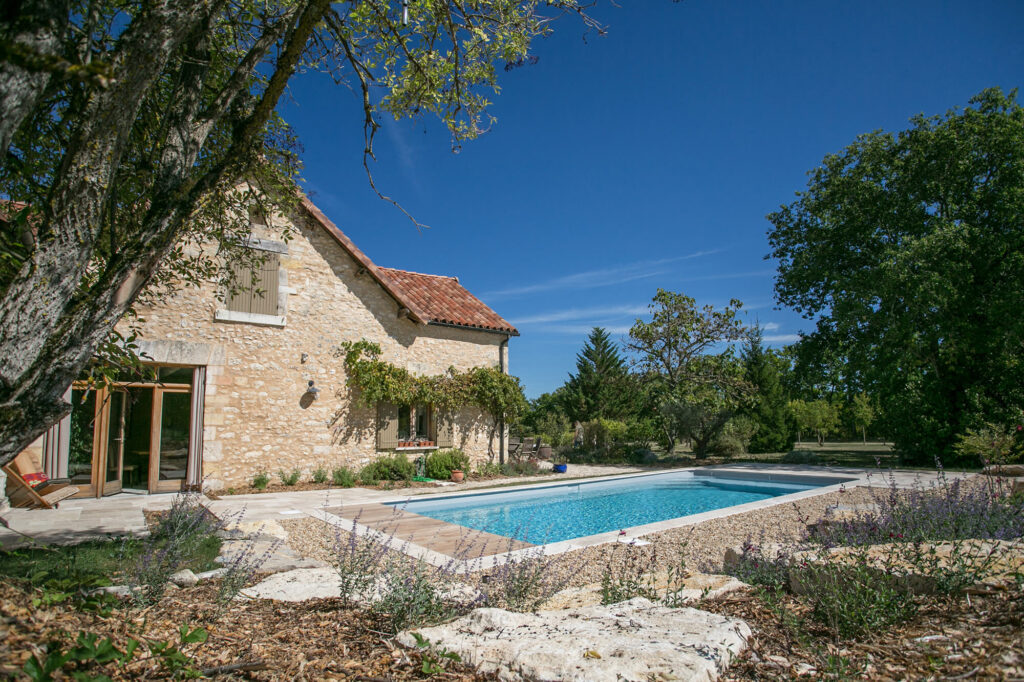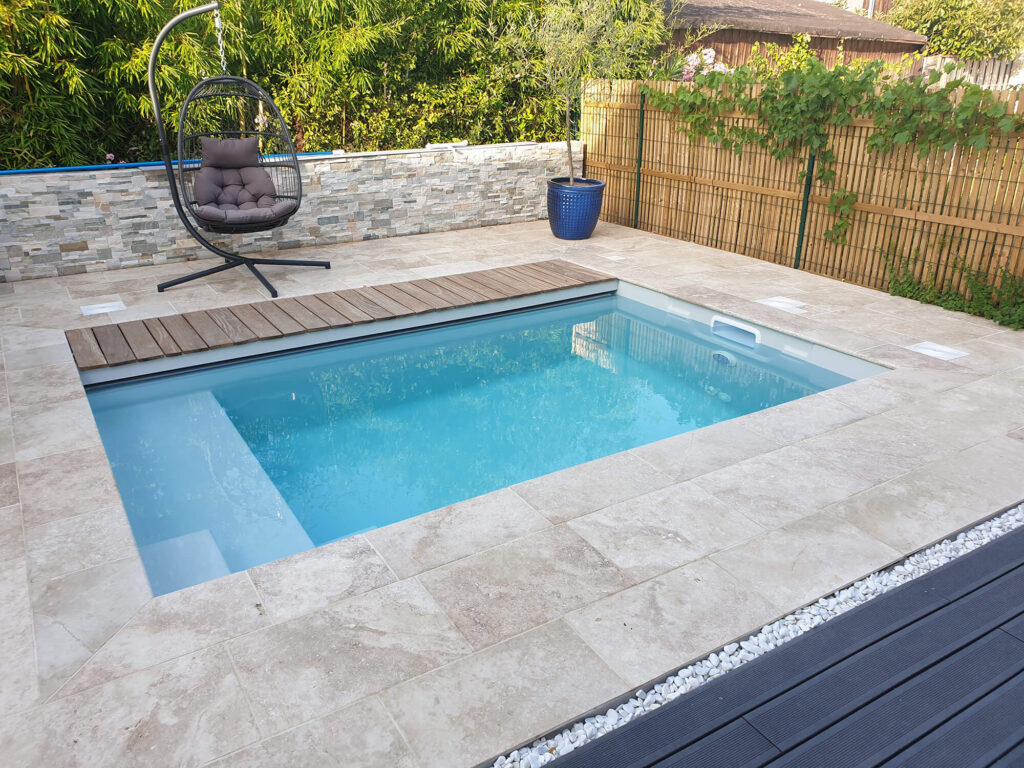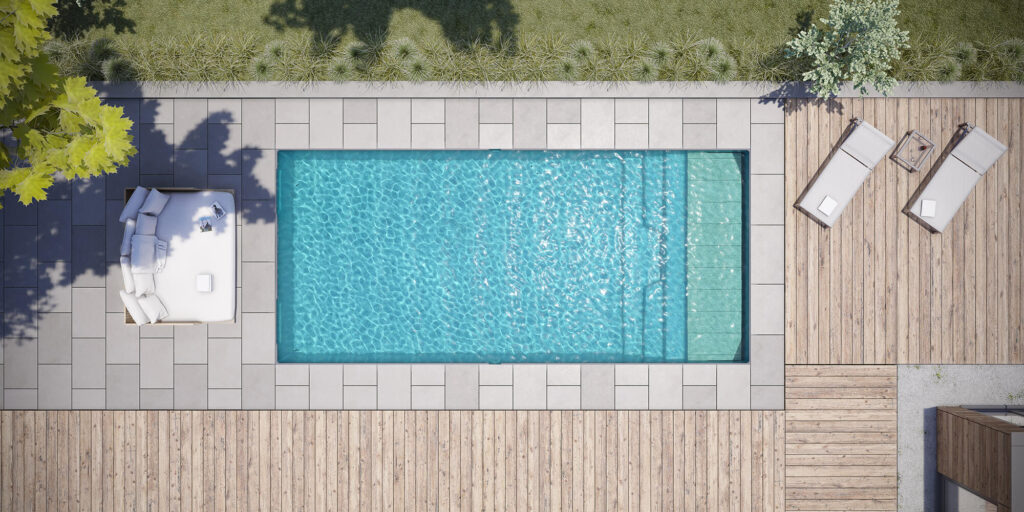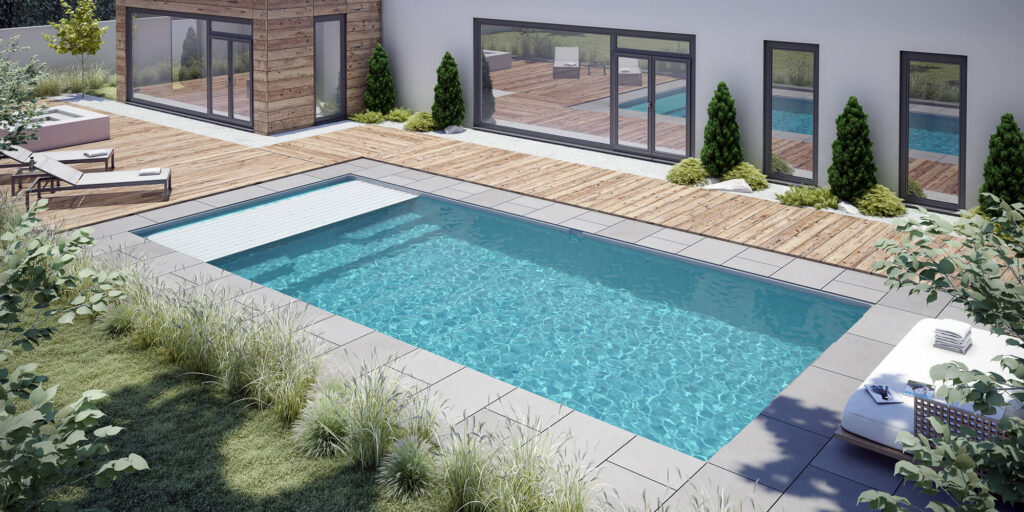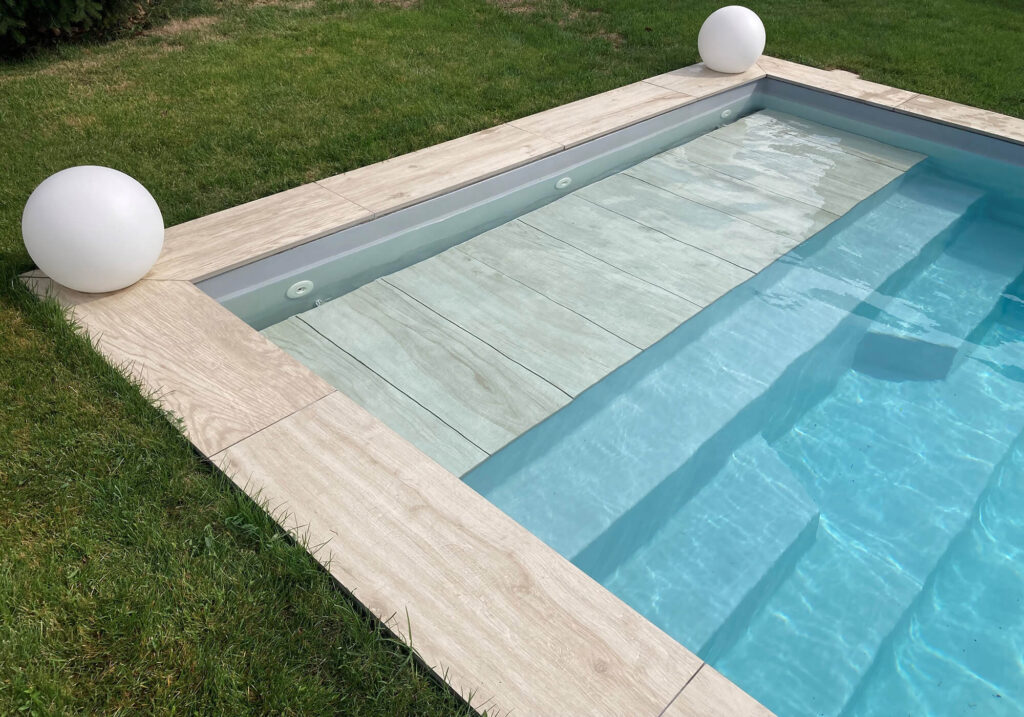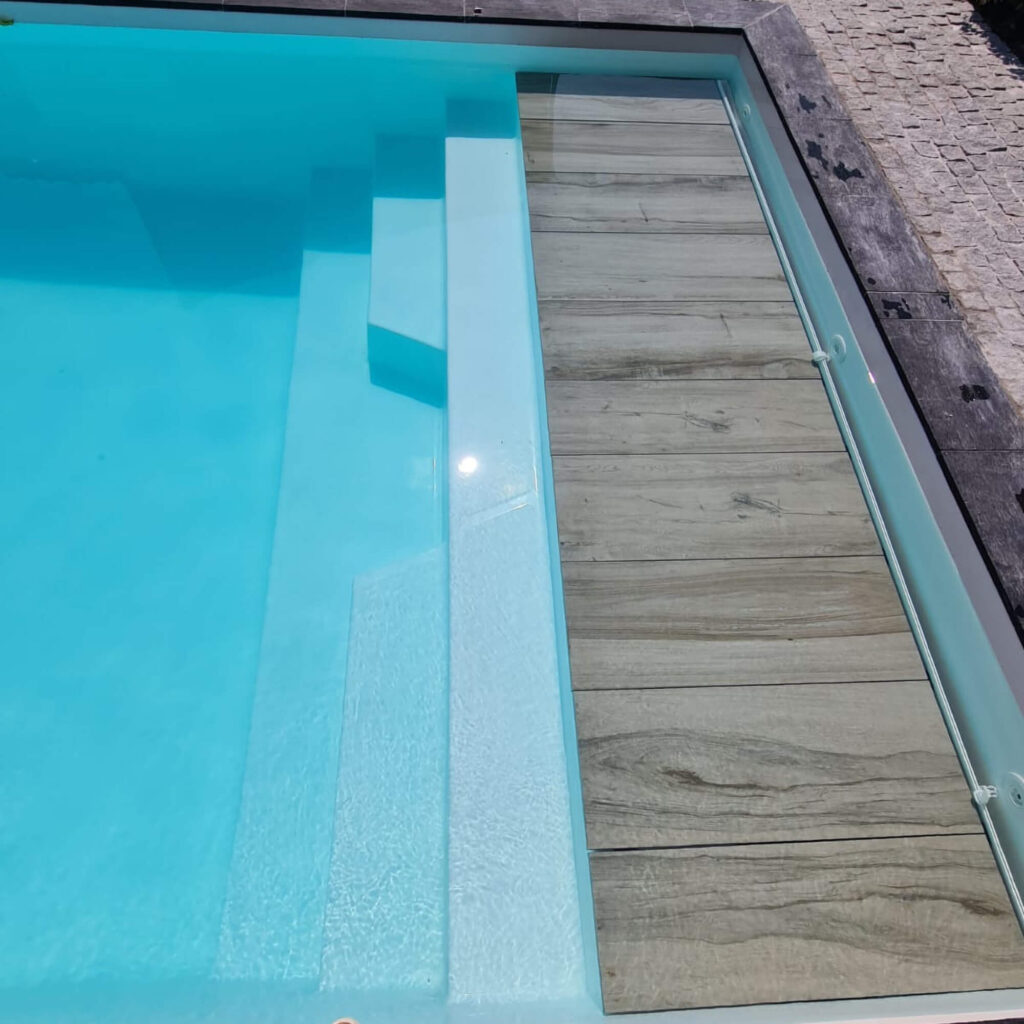Managing the energy consumption of a swimming pool is a key element for any owner. And for good reason, without precautions, costs can quickly increase.
In the vast majority of cases, the bulk of these expenses comes from the operation of the equipment, in particular the filtration pump and the heating system . These devices, although essential for the maintenance of the pool, can have a significant impact on the electricity bill.
Without further ado, let's find out more about these costs and effective ways to reduce them, whether through more efficient use or by choosing more economical installations.
Factors influencing the consumption of a swimming pool
Electricity consumption is the main expense, especially to power essential equipment such as the filtration pump and the heating system . Here's what you need to consider to best assess these expenses.
The filtration system
The filtration system is essential for the proper functioning of a swimming pool. Indeed, it is thanks to the pump and the filtration device that impurities are eliminated and the water remains healthy for swimming.
However, the consumption of a swimming pool pump , which operates daily to maintain the cleanliness of the water, is a point to monitor. And for good reason, its consumption varies according to the power consumed and the duration of its use.
Although modern swimming pools often have more efficient filtration systems , we encourage you to accurately determine the filtration time required to maintain optimal water quality while reducing energy consumption.
The heating system
Heating your pool water is often essential to extend the swimming season or maintain a comfortable temperature. The consumption of the pool heat pump depends on several variables, such as the size of your pool, the outside temperature and the temperature you want to achieve.
In colder regions, energy costs can be significantly higher to maintain a comfortable water temperature , while in warmer areas the impact on consumption will be less significant.
Other equipment
In addition to heating and filtration, other equipment contributes to the overall consumption of a swimming pool . Safety devices, such as automatic covers or alarms, are essential for safety, thermal conservation and water cleanliness. However, they also entail additional energy and financial costs.
Automated cleaning robots and cleaning products are also worth considering. While they add to electricity consumption, their use can help reduce maintenance costs in the long run.
How to calculate the energy consumption of your swimming pool?
The electricity consumption of a swimming pool can vary depending on several factors, but on average it is generally between €300 and €800 per year for heating and water filtration.
To accurately determine the kWh consumption of your pool , it is essential to know the power in kilowatts (kW) of each piece of equipment and multiply this value by the number of hours of use (or the number of days). For example, if your pool pump has a power of 1 kW and runs 8 hours a day, it will consume 8 kWh daily.
Total consumption will also depend on the size of the pool : the larger it is, the more energy will be needed to heat, filter and treat the volume of water. In addition, climatic conditions play a major role. In a warm region, the need for heating will be lower, while a colder climate will lead to an increase in consumption.
Understanding your pool's energy consumption is essential to saving money. It is therefore important to calculate the consumption of each piece of equipment in order to optimize your expenses.
Additional costs to be expected
When considering installing a swimming pool , it is important to consider several additional expenses that can quickly add up. Depending on your situation and the type of pool you choose, costs related to excavation, drainage, transportation, and the use of concrete for the structure may be added. The construction of the technical room also represents a significant investment, especially if you opt for a large pool requiring sophisticated equipment.
Another often underestimated aspect is the cost of the electrical connection . This item of expenditure can vary depending on the distance between the pool and the main electrical panel of your home. To avoid unforeseen events, it is strongly recommended to request a detailed quote and to call on qualified and recognized professionals. This guarantees you not only careful work, but also valuable advice to optimize your expenses.
How to reduce your swimming pool’s consumption?
Reducing your pool's electricity consumption is entirely possible, provided you adopt a few simple but effective strategies. To start, choosing a variable-speed pump allows you to adjust the pump's electricity consumption according to the specific needs of your pool; which can significantly reduce your electricity bill.
If your electricity contract includes the “Peak Hours – Off-Peak Hours” option, take advantage of it to filter or heat your pool during off-peak hours , when the kWh rate is lower. This tip can generate significant savings in the long term. In addition, do not hesitate to play the competition between electricity suppliers to find the best offer adapted to your needs.
Another method to reduce costs: practice passive wintering by stopping the pump during the winter, when the pool is not used much. Adjusting the filtration duration daily according to actual needs can also allow you to save money. Finally, to limit the need to heat the water, consider using a bubble cover . These devices retain the heat accumulated during the day and keep it at night, thus reducing heat loss and energy consumption.
Configure your pool online Back to all news
